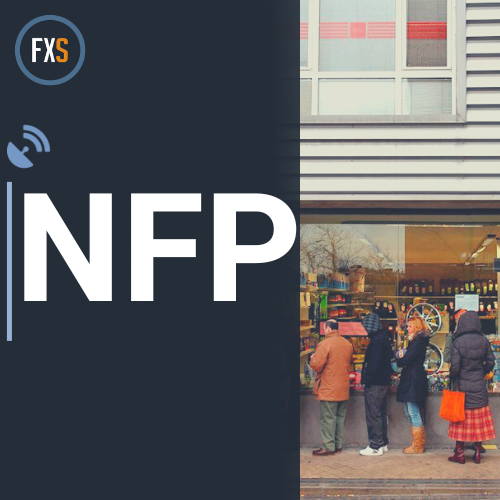US Nonfarm Payrolls are expected to rise 190K in June, slowing from May’s 272K increase. The United States Bureau of Labor Statistics will release the Employment report at 12:30 GMT. The US Dollar awaits employment data after Fed Chair Jerome Powell’s dovish remarks on Tuesday.
With US Federal Reserve (Fed) Chairman Jerome Powell’s Sintra appearance out of the way, all eyes now remain on top-tier Nonfarm Payrolls (NFP) data for June, due on Friday at 12:30 GMT. The Bureau of Labor Statistics (BLS) will release the US labor market data, which could offer cues on the timing of the Fed’s first interest-rate cut this year and the US Dollar’s (USD) next direction.
The Nonfarm Payrolls report is set to show that the US economy created 190,000 jobs in June after having added 272,000 in May. The Unemployment Rate will likely hold steady at 4.0% in the same period. Meanwhile, a closely-watched measure of wage inflation, Average Hourly Earnings, is seen increasing by 3.9% in the year through June following May’s growth of 4.1%. Markets are set to analyze these key data sets closely, as they could provide a fresh guide to the possible timing of the Fed’s dovish pivot.
Powell sounded quite optimistic about the recent encouraging inflation reports but said he needed more data before considering rate cuts. Markets perceived his acknowledgment of the progress in the disinflationary trend as dovish. Meanwhile, the US private sector added 150,000 jobs in June, a modest decrease from the upwardly revised 157,000 figure in May, the ADP reported on Wednesday. The data missed the analyst’s estimates of a 160,000 job addition. Fed Chair Powell’s dovish commentary, combined with weak US employment data, ramped up bets for a rate cut by the US central bank in September, with markets now seeing a 73% chance against a 64% probability seen early Tuesday.
The return of the doves smashed the US Dollar across the board alongside the US Treasury bond yields, driving the EUR/USD pair briefly above the 1.0800 threshold. Attention now turns to the US NFP report to affirm the loosening labor market conditions and the disinflationary trend in wage inflation. A stronger-than-expected NFP headline figure, along with hot wage inflation data, could push back against the renewed bets of a September Fed rate cut, offering a fresh life to the US Dollar. This, in turn, could trigger a correction in the EUR/USD pair toward 1.0700. How will US June Nonfarm Payrolls affect EUR/USD? If the US employment data strongly indicates labor market slack, the Greenback could see a fresh leg down on a potential confirmation that the Fed will lower rates in September. In such a case, EUR/USD could surge past the 1.0850 level.
Monetary policy in the US is shaped by the Federal Reserve (Fed). The Fed has two mandates: to achieve price stability and foster full employment. Its primary tool to achieve these goals is by adjusting interest rates. When prices are rising too quickly and inflation is above the Fed’s 2% target, it raises interest rates, increasing borrowing costs throughout the economy. This results in a stronger US Dollar (USD) as it makes the US a more attractive place for international investors to park their money. When inflation falls below 2% or the Unemployment Rate is too high, the Fed may lower interest rates to encourage borrowing, which weighs on the Greenback.
The Federal Reserve (Fed) holds eight policy meetings a year, where the Federal Open Market Committee (FOMC) assesses economic conditions and makes monetary policy decisions. The FOMC is attended by twelve Fed officials – the seven members of the Board of Governors, the president of the Federal Reserve Bank of New York, and four of the remaining eleven regional Reserve Bank presidents, who serve one-year terms on a rotating basis. In extreme situations, the Federal Reserve may resort to a policy named Quantitative Easing (QE). QE is the process by which the Fed substantially increases the flow of credit in a stuck financial system. It is a non-standard policy measure used during crises or when inflation is extremely low. It was the Fed’s weapon of choice during the Great Financial Crisis in 2008. It involves the Fed printing more Dollars and using them to buy high grade bonds from financial institutions. QE usually weakens the US Dollar. Quantitative tightening (QT) is the reverse process of QE, whereby the Federal Reserve stops buying bonds from financial institutions and does not reinvest the principal from the bonds it holds maturing, to purchase new bonds. It is usually positive for the value of the US Dollar.











